Start with our Chatbot. If it can't help, you'll have the option to be connected with a Librarian.
Scholarly sources are a record of the conversation happening in a field. Reading scholarly sources shows you what researchers in that field are thinking about and how they are approaching topics.
Scholarly articles share certain traits:
Scholarly journals publish scholarly articles in their fields. In order to be considered scholarly, an article needs to go through the peer-review process.
During peer-review, articles submitted to a journal are read by other scholars in their field. These scholars weigh in with comments and notes about whether or not an article should be published and whether or not there should be changes made to it.
When you read an article in a peer-reviewed journal, it has been evaluated by other experts in its field and determined to push forward the scholarly conversation.
You can find scholarly journals in library databases and in some cases, on the web. Some journals are Open Access which means that anyone can read them, but many of them are very expensive. The library subscribes to many journals so you can have access.
|
SCHOLARLY |
POPULAR |
||||
|---|---|---|---|---|---|
|
|
General Interest |
Trade / Professional |
Sensational |
||
|
LENGTH |
Long; 8 pages or more |
Short; 6 pages or less |
Short; 6 pages or less |
Short |
|
|
CONTENT |
Original research or experimentation. Format: title, abstract, literature review, methodology, discussion, conclusion, bibliography |
Broad focus topics:culture, politics, etc. |
News, trends, developments and products for industry or profession |
Celebrity gossip, unusual news stories that may lack credibility |
|
|
READERSHIP or AUDIENCE |
Academics Students Professionals |
Educated audience but non-specialists |
Professionals and experts in the field |
Gullible audience, appeal to superstitions and prejudice |
|
|
AUTHOR |
Specialists and researchers in a subject area |
Staff or freelance writers who may have subject expertise |
Professionals in the field, and/or staff writers |
Often unidentified |
|
|
VOCABULARY |
Technical vocabulary and specialized jargon |
Average level ranging from formal to conversational |
Some specialized vocabulary but fairly readable |
Elementary and inflammatory, popular language |
|
|
ACCOUNTABILITY |
Peer reviewed Significant references |
Not peer reviewed Minimal references |
Not peer reviewed Minimal references |
Not peer reviewed Entirely unsubstantiated |
|
|
ADVERTISEMENTS |
Few or none |
Moderate |
Moderate (tend to be trade related) |
Many |
|
|
APPEARANCE |
Plain, black/white graphics, charts and figures |
Glossy w/ color with photographs and illustrations |
Glossy w/ color with photographs and illustrations |
Newspaper format, color with many photographs |
|
|
EXAMPLES |
The Journal of the American Medical Association
Journal of Sport and Social Issue |
The Atlantic Monthly
Sports Illustrated
Time
Vogue |
Advertising Age
American Teacher
Publishers Weekly
Supermarket News |
National Examiner
Star
Weekly World News |
|
|
This chart has been adapted from UC Santa Cruz's web page "Distinguish Between Popular and Scholarly Periodicals". |
|||||

Copyright @ The Regents of the University of California. All rights reserved.
